
Four Chinese food-medicines to strengthen the function of the lungs against COVID-19
COVID-19, the new coronavirus, which first surfaced in central China in late 2019 has proven to cause serious damage to the lungs. In the face of this challenging time, a number of clinical practice results showed that Traditional Chinese medicine (TCM) has been playing a critical role in the prevention, treatment and rehabilitation of novel Coronavirus in China. According to China’s official figures, 91.6 per cent of the patients in Hubei and 92.4 per cent of patients nationwide have been treated with TCM.
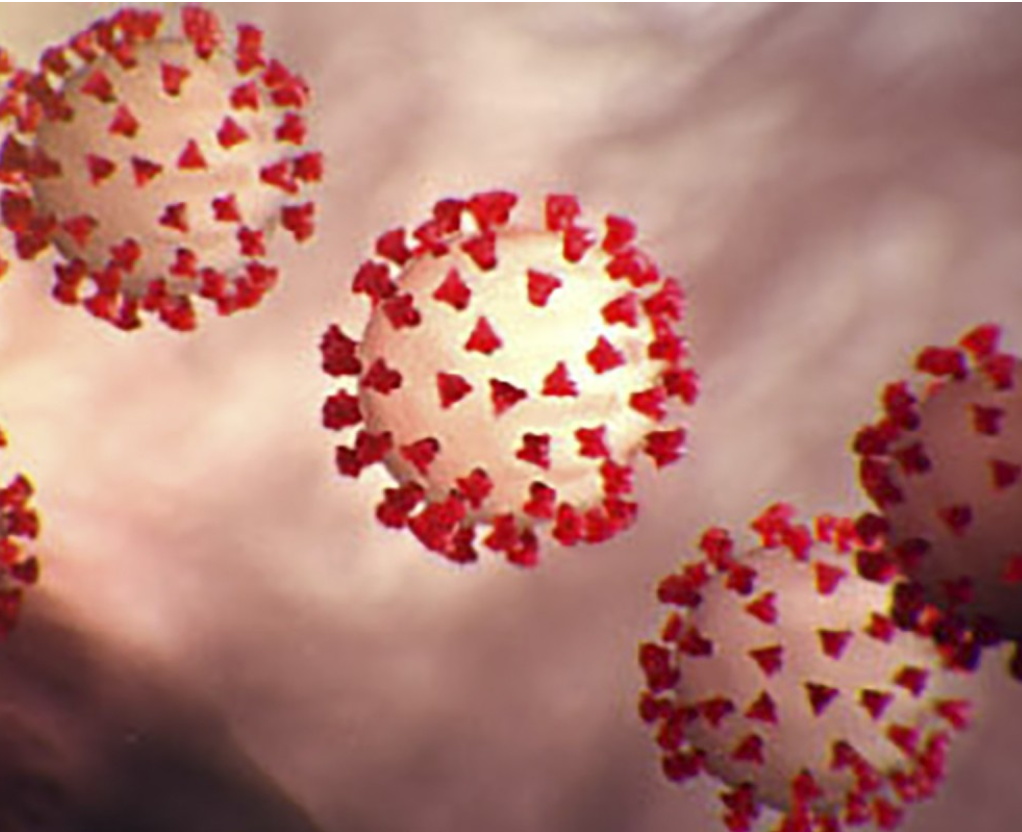
The image of Coronavirus
Dr Teh Lai Kuan from UTAR Faculty of Science Department of Allied Health Sciences introduced a few herbs which can be used as Chinese food-medicine to relieve cough and wheeze, as well as to improve the stagnation in the lungs. The four herbs listed below are able to strengthen the functions of the lungs.
During this Movement Control Order (MCO), one could perhaps take the time to relax by making a cup of herbal tea. The four herbs listed below can be used to make drinks by boiling them in water for 45 minutes.
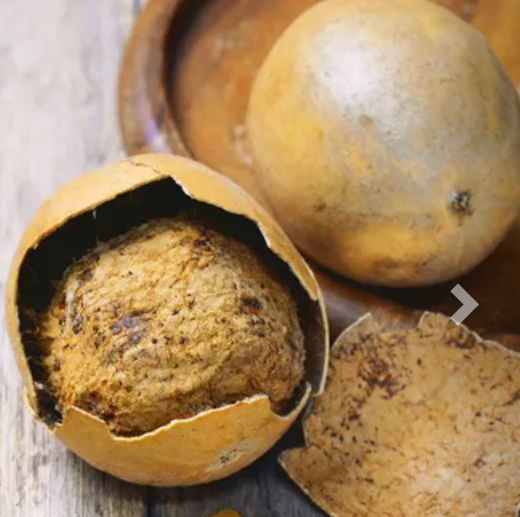
Monk fruits
Monk fruit (LuoHanGuo, 罗汉果;Siraitia grosvenorii) has a tonic effect to replenish Qi (气) and blood. In Chinese Medicine, Qi (气) is believed to be one of the basic constitutive materials in the human body that helps to maintain the bodies’ vital activities. The monk fruit, according to TCM, is able to lubricate and cool the lungs by treating Lung-Yin Deficiency(肺阴虚). The symptoms of Lung-Yin deficiency(肺阴虚) are dry throat and dry cough (Yin deficiency 阴虚). Thus, monk fruits have been commonly prescribed by TCM to treat pneumonia as well as dry cough.
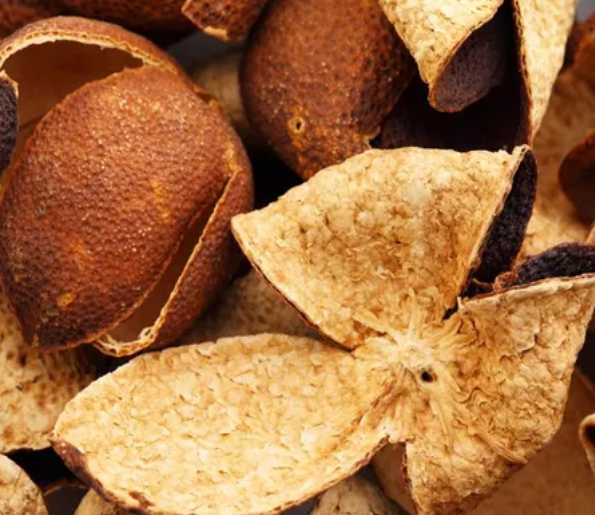
Tangerine peels
Tangerine peel (ChenPi, 陈皮;Citrus reticulata) has a meridian affinity (归经) for the spleen and lung. The meridian affinity (归经) is a therapeutic effect of Chinese medicine. According to the meridian affinity (归经) system in Chinese medicine theory, the entire human body is perceived to be interconnected by a complex network of invisible meridian channels, through which nutrients are transported and Qi (气) flows to reach various parts of the body, including the internal organs. Hence, the tangerine peel will help to dry the dampness and disperse the phlegm from the lungs. It is also known as a tonifying herb as it reduces stagnation. Tangerine peels have been commonly used for chronic lung deficiency.
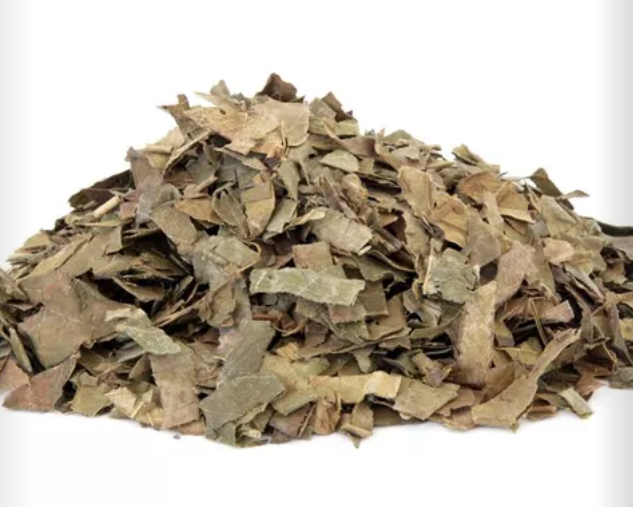
Loquat leaves
Loquat leaf (PiPaYe, 枇杷叶; Eriobotrya japonica) has a meridian affinity (归经) for the stomach and lung. This is a common herb that is used to relieve cough and wheeze. According to TCM, loquat leaf is able to expel hot phlegm in the lungs and redirect lung’s Qi (肺气). Qi (气) is like an energy which circulates all-round the body and the lung functions as a respiratory organ in which the Qi from the exterior and the Qi from the interior are able to mingle. When the lung’s Qi circulates smoothly, the body is able to inhale clear Qi (oxygen) from the natural environment and exhale waste Qi (carbon dioxide) from the interior of the body.
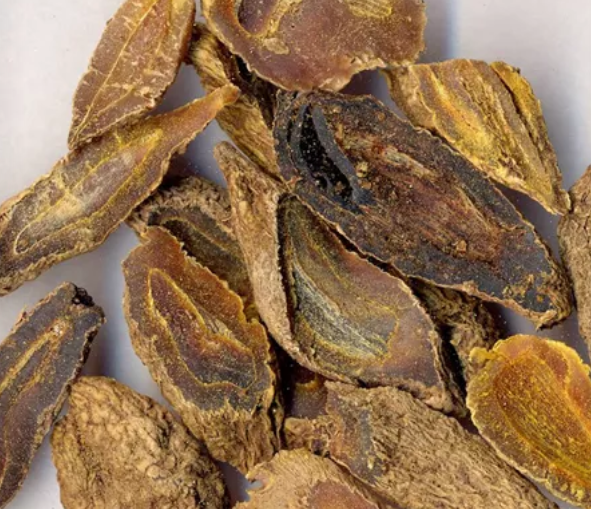
Turmeric tubers
Turmeric tuber (YuJin, 郁金; Curcuma wenyujin) has a meridian affinity(归经) for the heart, liver and lung. Turmeric tuber has been commonly used to invigorate blood circulation. Turmeric tuber is able to enhance the movement of blood, break stagnation and regulate the stagnant Qi (气). However, this herb should not be used during pregnancy and has to be used with caution by those with Yin deficiency (阴虚) due to blood loss. The symptoms of Yin deficiency (阴虚) are dry throat, dry lips, dry eyes, dry mouth or constant thirst due to the depletion of blood.
Dr Teh said, “I selected these four Chinese herbs because they are easily found in the market.” She added, “And these Chinese herbs aren’t too expensive compared to others.” The four herbs mentioned above will help to replenish the functions of the lung and strengthen the ventilation of the lung. With better lung function, one can prevent the damages caused by the infection. However, Dr Teh also advised, “Proper advice from a Chinese medicine practitioner should be sought for proper prescription and usage on different conditions.”
For more information, please contact Dr Teh Lai Kuan at tehlk@utar.edu.my
References:
© 2020 UNIVERSITI TUNKU ABDUL RAHMAN DU012(A).
Wholly owned by UTAR Education Foundation Co. No. 578227-M LEGAL STATEMENT TERM OF USAGE PRIVACY NOTICE